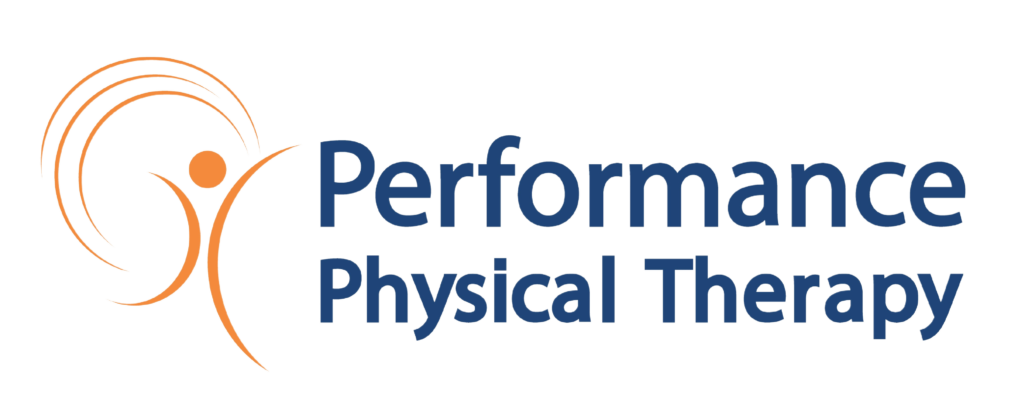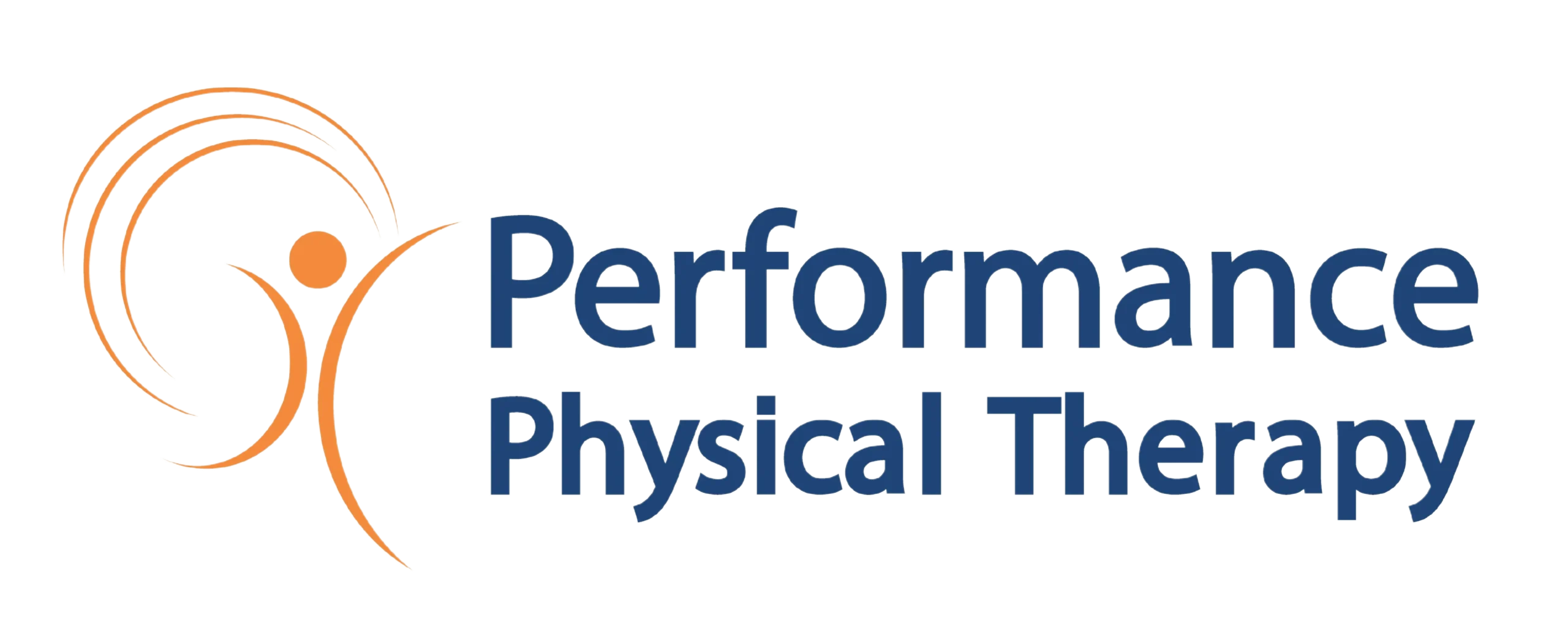Having shoulder issues? Performance Physical Therapy can help diagnose and rehabilitate your shoulder problems so you can get back to enjoying life.
Shoulder pain is one of the most common musculoskeletal conditions people deal with. The shoulder is actually comprised of 4 different joints with several bones, tendons, ligaments, and muscles, each of which can contribute to a variety of dysfunctions. It has been estimated that up to 67% of people will experience painful shoulder conditions at some point in their life. These numbers are not surprising when taking into account how much we use our arms for reaching, lifting, pushing, and pulling throughout the day.
When a shoulder hurts, it can indicate a deeper underlying injury. If left untreated, shoulder injuries can lead to further pain, disability, decreased quality of life, time out from work, and frustration. At Performance Physical Therapy we identify which shoulder structures are causing your pain in order to provide the most efficient treatments and shoulder therapy, getting you better faster. A few of the causes of neck and shoulder pain include
- overuse injuries
- impingement
- tendonitis
Below are some other common conditions that can occur about the shoulder, and information to help you further understand your situation.
Rotator Cuff Repair
The rotator cuff is a group of 4 muscles and their tendons (the part of the muscle that attaches to bone) which connect the arm bone to the shoulder blade. The primary job of the rotator cuff is to keep the ball of the arm bone in the socket of the shoulder during arm motions.
A rotator cuff injury can be a result of either macrotraumas, such as falling, or microtraumas, which are repeated irritations of the rotator cuff muscles and tendons often associated with
- lifting
- reaching overhead
- throwing
Common signs that you have an Injury are pain over the top of the shoulder and/or down the side of your arm, weakness and pain while moving your shoulder. In order to diagnosis a rotator cuff tear or strain your therapist will perform a thorough evaluation consisting of several movement tests and questions regarding your condition. Your physical therapist will discuss these findings with you and your physician in order to develop the best plan. Oftentimes people with rotator cuff tears respond very well to 6-8 weeks of physical therapy and non-surgical treatments.
Although you may be having significant pain and present with signs typical of a rotator cuff injury, the typical course of care does not involve having MRI performed immediately. If your condition is worsening or not improving with therapy, then you will more than likely undergo an MRI or diagnostic ultrasound. If a significant tear is found, you may need to have a rotator cuff repair. This is a surgery to repair the torn muscles or tendons. Typically, it takes 3-4 months to heal from and participating in post-operative physical therapy will be very beneficial for you to regain strength and use of your shoulder. Even if you have to have surgery, physical therapy before surgery has been shown to help improve outcomes and recovery after.
In reality, there are many people that have mild tearing of their rotator cuff and live relatively pain free and active lives without needing surgery.
Shoulder Dislocation
Shoulder dislocations occur when ball part of the arm bone and the socket of the shoulder joint separate. This is usually the result of trauma involving a fall, sudden jerk, lifting something very heavy overhead, or getting hit in a sporting event.
When this happens, most people describe feeling the arm bone come out of socket and having immediate pain and difficulty moving the arm. Numbness in the arm or hand, discoloration of the arm or hand, or cold feelings into the arm are immediate concerns and need to be examined by a medical professional right away. Most often X-rays will be performed to make sure you have no fractures. Once the shoulder is put back into place by a healthcare professional (don’t try on your own), you will likely need to rest and protect your arm by wearing a sling and using ice to control inflammation and pain. Physical Therapy can help to decrease your pain and inflammation and make things more comfortable for you in the first few weeks following. Once your pain starts to decrease, gentle range of motion exercises will be given as well as strengthening exercises. It is important to have supervision from a Physical Therapist in order to not progress yourself too fast and risk re-injury. Typically, it can take 4-8 weeks to recover from a dislocation that does not include fractures or tearing of tendons, muscles or ligaments. If it is more complicated, healing timeframes will be longer.
Frozen Shoulder
Frozen shoulder or Adhesive Capsulitis causes stiffness and pain in the shoulder joint. The condition is characterized by different phases. Stiffness and pain will gradually get worse over several months. After that time, your symptoms will start to improve over a two-year timeframe. This is what we call a self-limiting condition, meaning that in time it will improve on its own. However, physical therapy can help you manage your symptoms and joint mobilizations, teach you exercises to regain your motion faster, and improve your quality of life. Physical therapy can also help prevent frozen shoulder, especially after a prolonged period of immobilization in a sling required after shoulder surgery.
Shoulder Replacement
Due to the amount of motion allowed at the shoulder joint and it being one of the most used joints in the body, people especially over the age of 50 are susceptible to osteoarthritis (OA) of the shoulder. If the OA is advanced enough and pain is still a problem even after undergoing physical therapy the next option is to undergo a Total Shoulder Replacement (TSA). Your Physical Therapist and Orthopedic Surgeon will guide whether you will benefit from this procedure. There may also be considerations in regard to the type of shoulder replacement you may need. After having the surgery, physical therapy will help to ease your pain, ensure safety while you heal, and initiate motion of the shoulder. After the initial healing has occurred, your therapy program will progress to strengthening and functional task training in order to get you back to doing daily activities, recreational hobbies, and working. Typical rehabilitation after a shoulder joint replacement is 12-20 weeks depending on type of surgery, surgeon preference, and individual healing factors.
No matter what the cause of your shoulder instability or shoulder pain is, Performance Physical Therapy will be able to guide you through your rehab in order to insure the best possible outcomes. Our job is to help restore your total function for a total life. Contact us (302) 234-2288) or fill out this form today to schedule your appointment, we also provide physical therapy for lower back pain and knee physiotherapy. Remember a referral may not be necessary.


